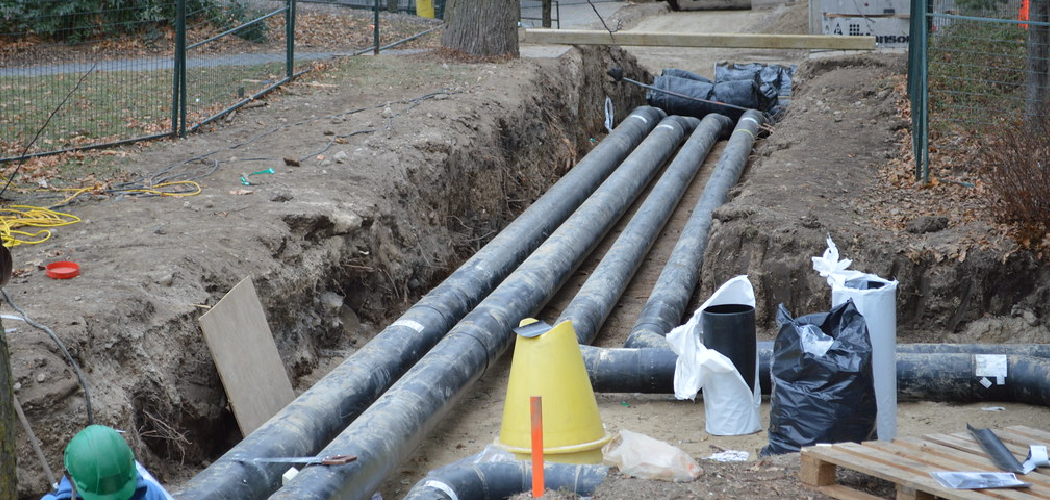When frigid temperatures arrive, the risk of frozen underground drain pipes becomes a pressing concern for homeowners and property managers alike. These pipes, essential for managing water flow and preventing flooding, can become obstructed by ice, leading to costly repairs and potential damage to surrounding structures.
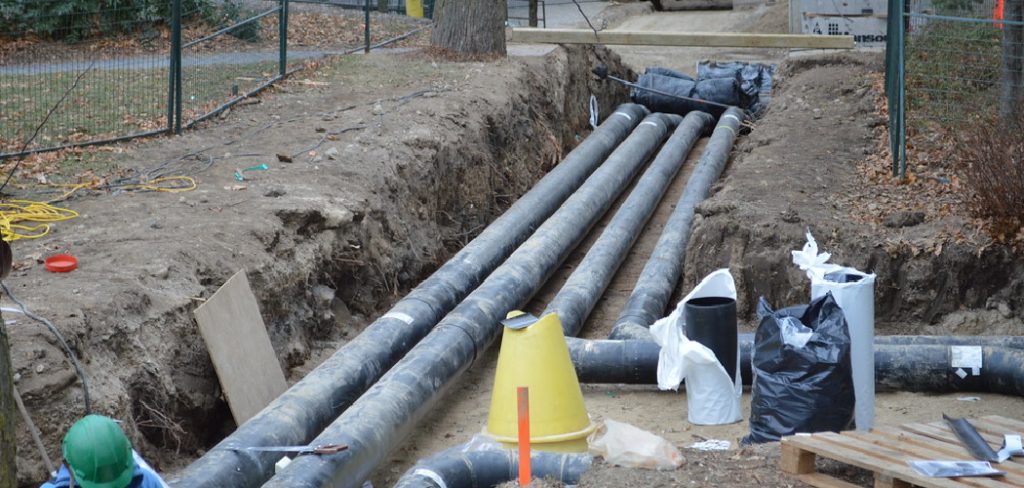
Understanding the factors that contribute to freezing, as well as effective preventative measures, is crucial for maintaining the integrity of your drainage system throughout the winter months. In this guide, we will explore practical tips and strategies for how to keep underground drain pipes from freezing, no matter how low the temperatures drop.
Risks and Potential Damage Caused by Freezing Underground Drain Pipes
Frozen underground drain pipes can lead to a variety of significant issues that extend beyond mere inconvenience. When ice forms within the pipes, it creates blockages that prevent proper water flow, potentially resulting in water accumulation on the property. This water can subsequently freeze, leading to the creation of ice dams that exert pressure on the foundation, causing cracks and structural weaknesses.
Additionally, the thawing and refreezing cycle can develop stress points in the pipes, increasing the risk of breaks or ruptures that may require expensive repairs or replacements. Over time, these disruptions can also invite pests and cause further issues related to drainage and functionality, emphasizing the importance of preventive measures.
Why Underground Drain Pipes Freeze
Understanding why underground drain pipes freeze is essential for implementing effective prevention strategies. The primary cause of freezing occurs when the temperature of the ground surrounding the pipes drops below the freezing point of water, typically below 32°F (0°C). Factors such as inadequate insulation, shallow burial depth, and prolonged exposure to cold air can exacerbate this issue.
Additionally, stagnant water trapped within the pipes is particularly susceptible to freezing, especially if the drainage system is not properly maintained or experiences blockages. Seasonal fluctuations, with sudden temperature drops after warmer spells, can also contribute to ice formation, leading to increased risks for homeowners. Recognizing these factors allows for targeted interventions to safeguard drain pipes during the harsh winter months.

10 Methods How to Keep Underground Drain Pipes from Freezing
1. Proper Burial Depth
One of the most effective ways to prevent underground drain pipes from freezing is to install them at the proper depth, below the frost line. The frost line is the depth at which the ground freezes in your region, and it varies depending on local climate. Pipes buried below this depth are less likely to experience freezing temperatures.
Before installation, research the frost line in your area, which is typically available from local building codes or municipal authorities. In general, deeper burial will provide more protection from freezing. This method is highly effective as it relies on the natural insulation properties of the earth, preventing pipes from coming into contact with freezing temperatures.
2. Insulating the Pipes
Adding insulation around underground pipes is another reliable way to prevent them from freezing. Specialized pipe insulation is available for outdoor and underground use, which can help retain the heat inside the pipe and block out the cold from the surrounding soil.
To insulate your underground pipes, wrap them in foam or rubber insulation designed for this purpose. In particularly cold climates, you might want to layer additional insulation materials, such as polyethylene wrap or heat-resistant insulation tape. This insulation provides a protective barrier against freezing temperatures and helps keep water flowing smoothly.
3. Use of Heat Tape
Heat tape or heat cables are electric devices designed to keep pipes warm enough to prevent freezing. When installed along the length of a drain pipe, heat tape generates enough warmth to maintain a temperature that keeps water from freezing, even in sub-zero conditions.
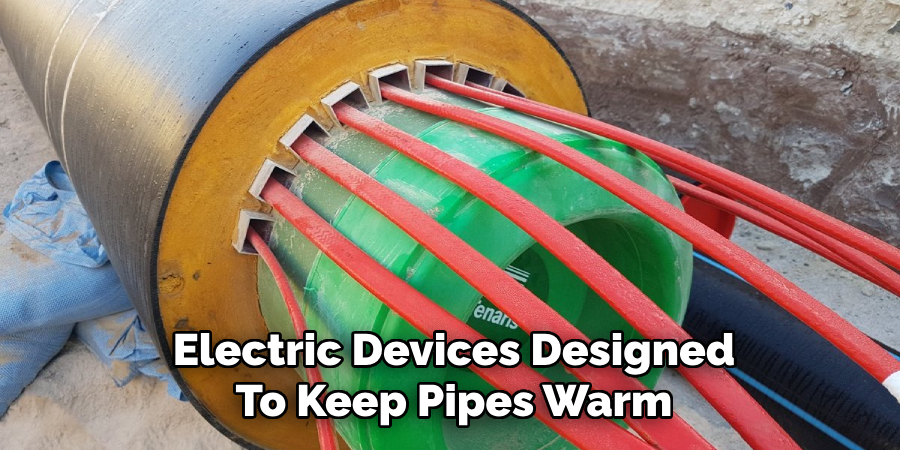
To use heat tape, wrap it around the pipe in a spiral pattern, ensuring even coverage. Some types of heat tape come with thermostatic controls that automatically turn the heat on when temperatures drop below freezing. This is a great option for areas that experience harsh winters. Always follow the manufacturer’s guidelines for safe installation to avoid any risks associated with electrical devices.
4. Ensure Proper Drainage
Another key factor in preventing underground pipes from freezing is ensuring proper drainage. If water remains in the pipes for long periods, it is more likely to freeze. On the other hand, pipes that efficiently drain water will not retain moisture, reducing the risk of freezing.
To improve drainage, make sure that the underground pipe system has the correct slope or gradient, which helps water flow naturally through the pipes without stagnating. Pipes should have a slope of at least 1/8 inch per foot to facilitate adequate drainage. Regularly inspect your drainage system to ensure there are no blockages or build-up that could prevent water from flowing.
5. Using Larger Pipes
Larger diameter pipes are less likely to freeze than smaller ones because the increased volume of water flowing through them resists freezing temperatures better. Additionally, larger pipes tend to drain faster, which prevents standing water from accumulating and freezing.
When installing underground drainage systems in areas prone to freezing, consider opting for pipes with a larger diameter. This method is particularly useful for stormwater drains, septic system pipes, or other applications where larger volumes of water are expected. The greater capacity will not only reduce freezing risks but also enhance the efficiency of your drainage system.
6. Installing Gravel or Sand Bedding
Installing gravel or sand bedding around underground pipes can help insulate them and prevent freezing. These materials act as buffers, reducing the amount of cold that reaches the pipes from the surrounding soil. Gravel or sand also helps with drainage, which minimizes the chances of water pooling and freezing around the pipes.
To use this method, dig the trench for your drain pipe and fill the bottom with several inches of gravel or sand before laying the pipe. After the pipe is in place, surround it with more gravel or sand before covering the entire trench with soil. This setup will create a more stable and insulated environment for your pipes.
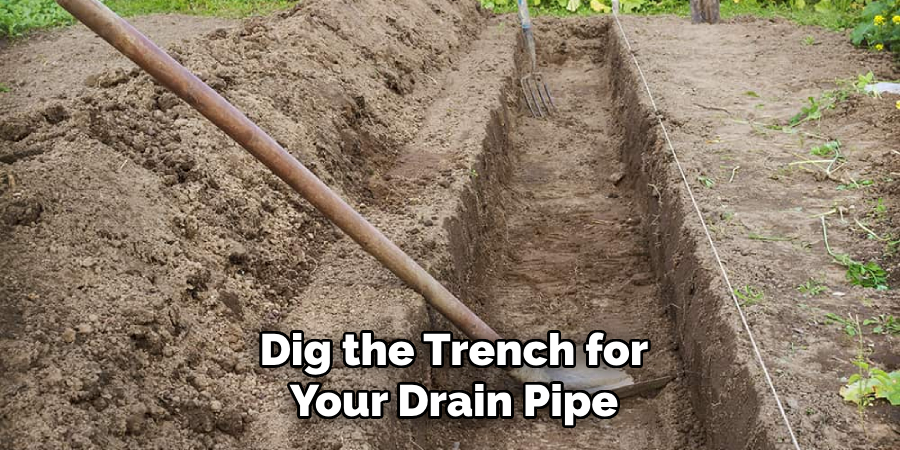
7. Using Anti-Freeze Additives
In certain situations, using anti-freeze additives in the water flowing through underground pipes can help prevent freezing. This is a common solution for systems that must remain operational during extremely cold temperatures, such as septic systems or graywater drains.
There are various eco-friendly, non-toxic anti-freeze products available that can be added to your drainage system. Be sure to choose an additive that is safe for the environment, particularly if it will be used in systems that connect to groundwater or septic fields. Follow the manufacturer’s instructions carefully to ensure proper use and to avoid damaging your pipes or the surrounding soil.
8. Creating Air Pockets for Insulation
Another method to keep underground pipes from freezing is to create air pockets around them. Air acts as a natural insulator, trapping warmth and reducing the likelihood of pipes freezing in cold conditions.
To create air pockets, consider using insulated pipe sleeves or pipe wraps that create a layer of air around the pipe. These sleeves are often made of foam or other insulating materials, which help to trap warm air inside while blocking cold air from the outside. Additionally, when burying the pipes, avoid compacting the soil too tightly around them, as loose soil can also trap pockets of air that help insulate the pipes.
9. Keep Water Flowing
Moving water is far less likely to freeze than standing water. Keeping a small amount of water flowing through your underground drain pipes during cold weather can help prevent freezing, particularly during extreme cold snaps.
In drainage systems where water is typically static, consider using an automated drip system that releases small amounts of water to keep it moving. Alternatively, periodically running a small flow of warm water through the pipes can help prevent freezing. This method is especially useful in homes with septic systems, where water use is irregular, or in areas with extreme winter conditions.
10. Seasonal Drainage and Pipe Maintenance
For systems that are only used seasonally, such as outdoor irrigation pipes or drainage systems, it’s crucial to drain the pipes completely before freezing temperatures arrive. Any residual water left in the pipes can freeze and cause damage.
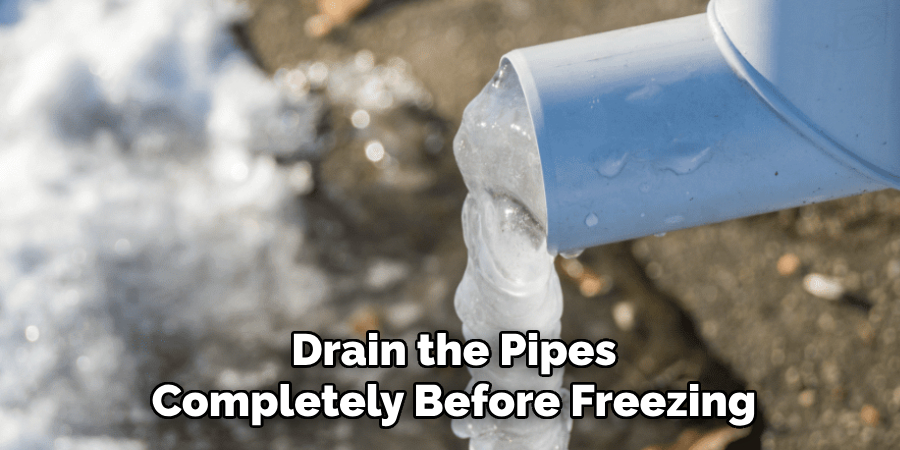
To properly drain the system, shut off the water supply and use an air compressor or manual draining method to push any remaining water out of the pipes. Once the pipes are drained, cap them off to prevent water from entering until the weather warms up again. Regular seasonal maintenance and inspection of the underground pipe system will help identify any potential problem areas, such as leaks or blockages, that could lead to freezing.
Conclusion
Keeping underground drain pipes from freezing is essential for maintaining an efficient and damage-free drainage system, especially in areas that experience freezing temperatures. Methods such as burying pipes below the frost line, insulating them, using heat tape, and ensuring proper drainage are all practical solutions that can help you avoid costly pipe bursts or blockages. Thanks for reading, and we hope this has given you some inspiration on how to keep underground drain pipes from freezing!

